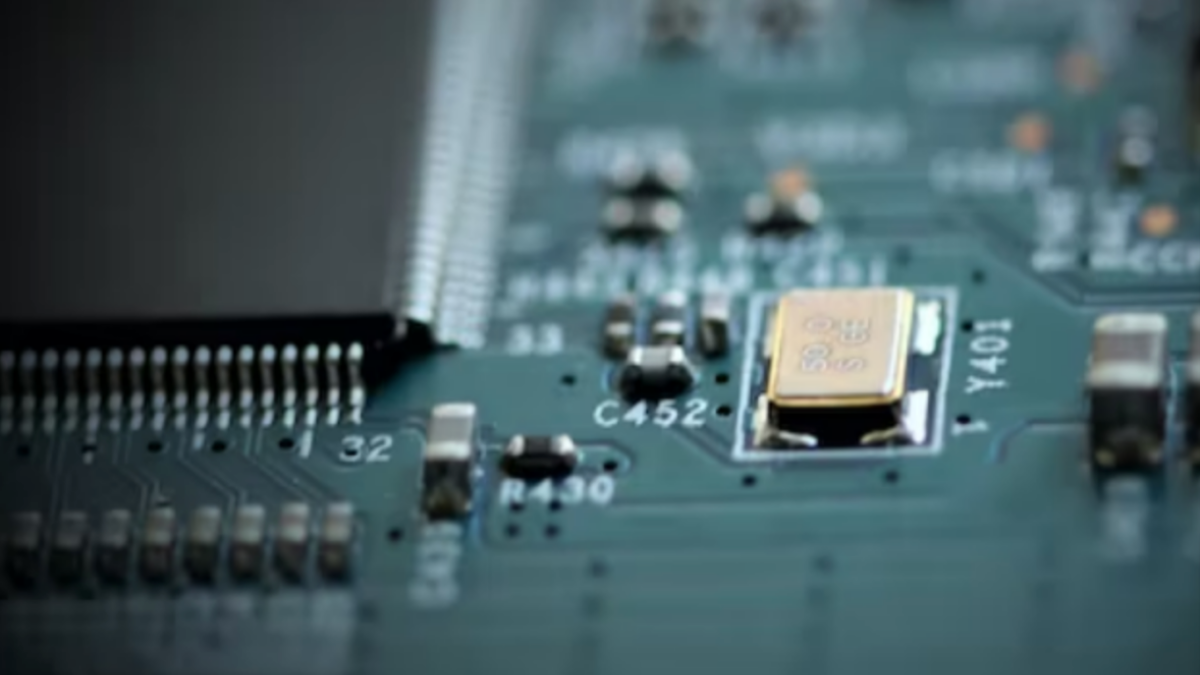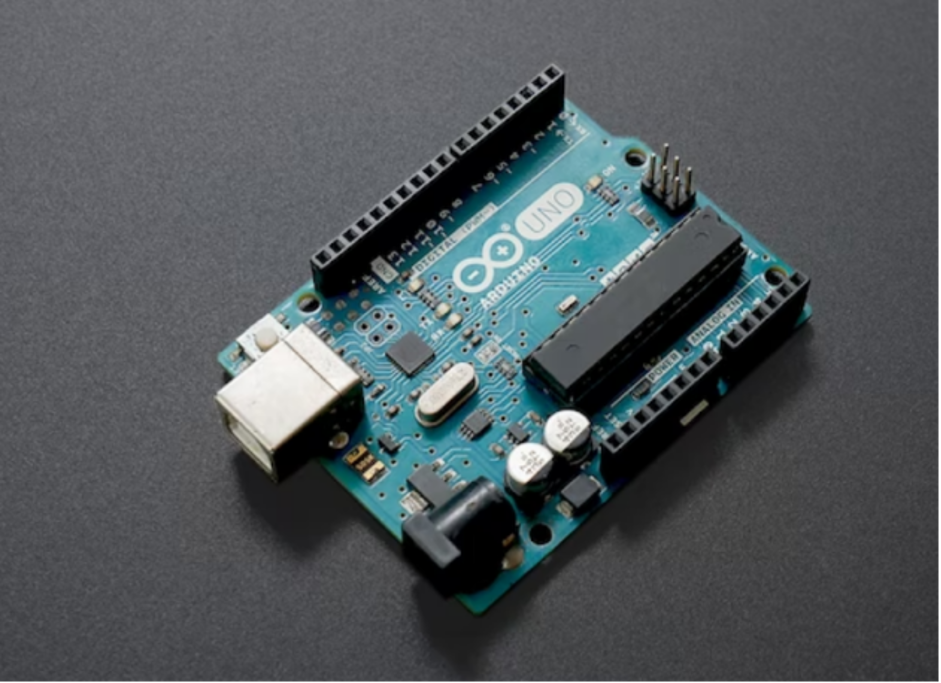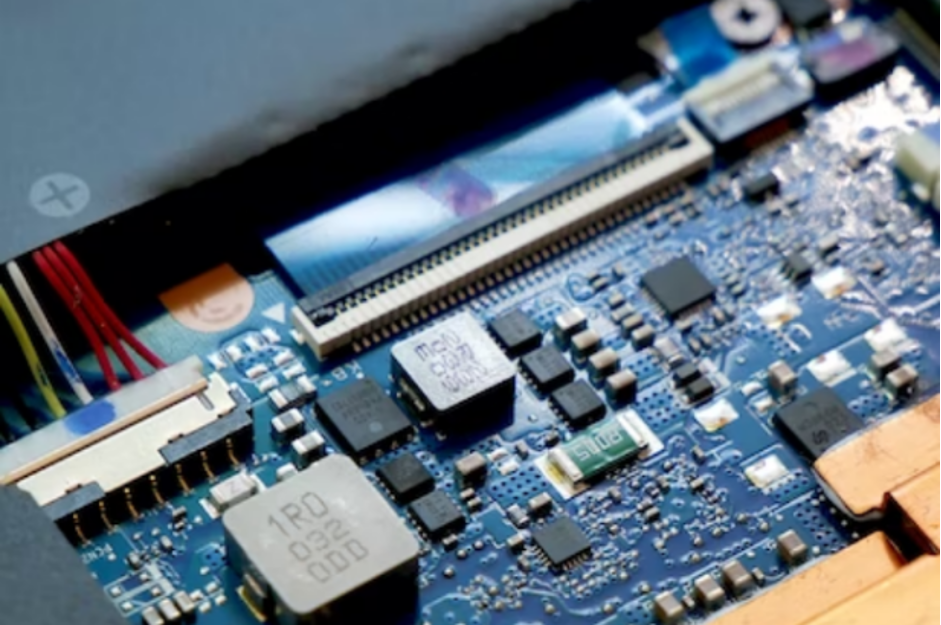
Electronic circuits can be divided into two groups based on signal processing: integrated circuits (ICs) and discrete circuits. Both of these electrical components have distinct features and functions. This article will give you a complete side-by-side difference between the discrete semiconductor circuit and integrated circuit to help you understand which one is suitable for the product you want to manufacture.
Table of Contents
What Are Discrete Semiconductor Circuits and Integrated Circuits?
Circuits, made from discrete semiconductor components and connected to one another on a circuit board or terminal strip, are known as discrete circuits. This product is an essential electronic part with only one circuit element, either active, such as a transistor or vacuum tube, or passive, such as a resistor, capacitor, or inductor.
Whereas an integrated circuit (IC), also known as a microelectronic circuit, microchip, or chip, is a semiconductor wafer with thousands or millions of minute resistors, capacitors, diodes, and transistors are made. It can also be called IC electronic components comprising an assembly of electronic components. As the name implies, it is an integrated system of numerous connected, tiny components embedded within a thin semiconductor substrate.

Discrete Semiconductor Circuit vs. Integrated Circuit
1. Design
Since discrete circuits must incorporate multiple components, they are typically developed at the board level. As a consequence, it is difficult to ensure that all components and wires are not tangled. In comparison, integrated circuits are built on a single chip. Consequently, since an integrated circuit is built on a single chip rather than a large board, its design is simpler.
2. Space Requirement
In discrete semiconductor technology, the wiring and assembly of individual components take time and space, increasing the bulk of the circuitry. On the other hand, integrated circuits are small in size; they are essentially equivalent to roughly 20,000 components that are combined in a single chip.
3. Possibility of Modifying Parameters
It is impossible to change the integrated circuit’s parameters once they have been created. But here, changing a discrete semiconductor circuit’s parameter is as simple as changing its constituent parts and their quantities too.
4. Application Scenario
Integrated circuits (ICs) are widely utilized in microprocessors, computers, computer networks, frequency counters, and digital signal processors. On the other hand, discrete semiconductors are found in tablet computers, cell phones, rail transportation, hybrid vehicles, LED lighting, and portable medical gadgets.
5. Cost
Integrated circuit components have the edge over discrete components in cost. They have less cost because they are printed as a unit instead of one transistor, making mass production easy. As a result, the price of IC per unit eventually reduces. In addition, fewer materials are required in packaged ICs than in discrete circuits, thereby reducing costs.
Merits of the Discrete Semiconductor Circuit and Integrated Circuit
Devices made of semiconductors are capable of controlling power, acting as switches, and many other functions. Prototyping and production are more reasonably priced when semiconductor circuits are used, especially for meeting the needs of the engineering industry. On the other hand, integrated circuits usually work better if a small design is required for low-power processing systems such as microchips, microprocessors, and much more. And given the advancement of technology, modern electronics now include discrete circuits and integrated circuits (ICs) to satisfy complex project needs, a practice known as hybrid designs.
All of this is to say that they both are designed and manufactured according to individuals’ needs. Considering the differences between the two materials, businesses should buy the electronic components that best match their final product.

GFOOKIC: A Reliable Electronic Components Distributor
As a reliable electronic components distributor offering high-quality discrete semiconductor and integrated circuit components, GFOOKIC is known for providing the finest possibilities for design engineers and purchasers. In both discrete semiconductor circuits and integrated circuits, they have been working on improving product quality and offering the most excellent customer service for years.
Additionally, they have partnered with some of the best manufacturers to give clients the most excellent quality components that are smarter, more energy-efficient, more connected, safer, and more secure for end users. They also maintain a large inventory to guarantee that clients’ orders are processed fast and delivered on time. For more information about electronic components, such as the diode bridge rectifier, please contact them, and they can offer help to your semiconductor business.